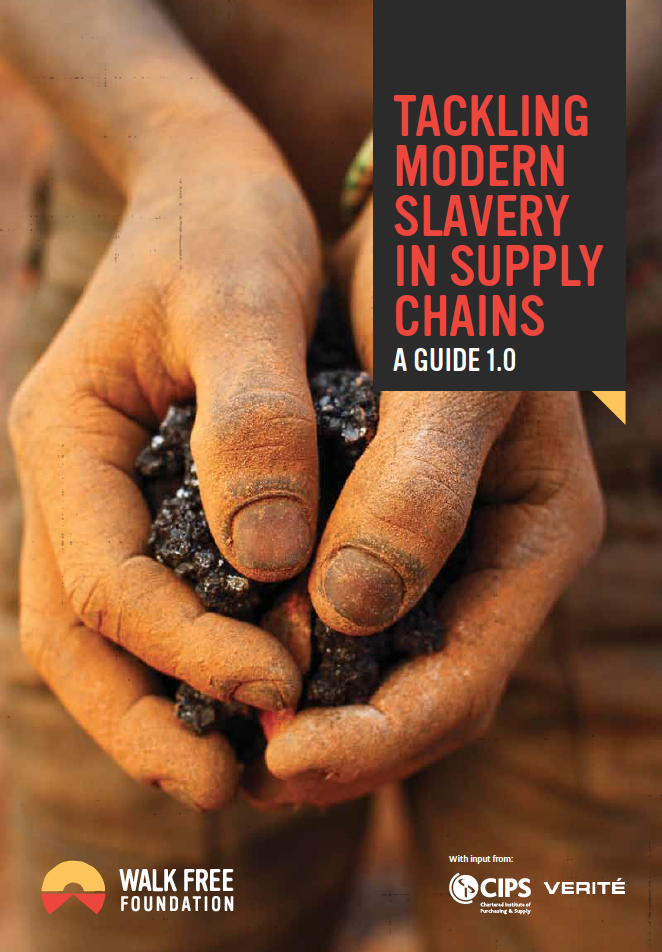Principles for responsible contracts. Integrating the management of human rights risks into state-investor contract negotiations. Guidance for Negotiators
GuidanceThis publication identifies ten key principles to help integrate the management of human rights risks into contract negotiations on investment projects between host State entities and foreign business investors. This publication has been developed...Read More

